LFP is meant to be a visual simulation of functional programming for educational purposes.
Visual simulations help students observe a system and build an understanding for how it behaves from those visualizations. These visualizations (or Virtual Manipulative in pretentious person speak) are often used in math and computer science education.
Lambdas in the Wild
Lisp is related to lambda calculus. Lambda calculus has these funny looking lambda expressions where you have a variable and then some expression that may contain that variable. It might be written like this, where e is some expression and x is the variable.

The variable in a lambda expression is replaced by the input expression by “applying” it, which is just putting an expression in front of it. This screenshot from this book (page 33 in PDF) shows an example of application (with fancy math words)

Other programming languages have things like this. For example, the fancy expression above would look like this in Python.
lambda x: e
Or like this in Lisp.
(lambda (x) e)
Adding Lambdas to LFP
In LFP, I wanted to include lambda expressions with syntax similar to formal notation and programming language notation.
If a player learns the syntax of LFP, then they would (hopefully) have an easier time understanding the concept and syntax in other contexts. This is known as Transfer of Learning or Analogy based Learning.
The expression above might look like this in LFP, if e was (+ 3 x)

Other expressions (or “tokens” in LFP terminology) can be applied just like it would be applied in formal notation and Lisp-like languages.

This is analogous to the formal notation,

Or in a Lisp like programming language
((lambda (x) (+ 3 x)) 2)
Evaluating Lambdas in LFP
When evaluating a list with a lambda, the list starting with a lambda token will become a lambda function that represents the function defined by that lambda expression.
When the function is called, it “applies” the input token to where the variable tokens would be.
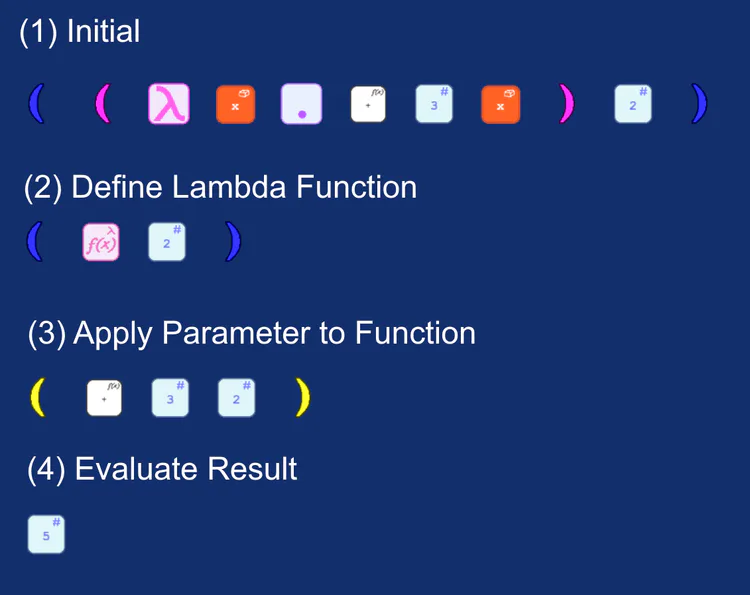
This behavior is analogous to formal notation and what (I think) happens in programming languages using lambda, only it shows every step from definition, application, and final evaluation.
Takeaway
Ideally, plaing LFP and learning the system will then give you an easier time when learning about these same concepts in other programming languages.
This idea is supported by Transfer of Learning or Analogy based Learning used in math education and other subjects.
I hope this post was interesting and showed you some of my thinking around LFP’s design.


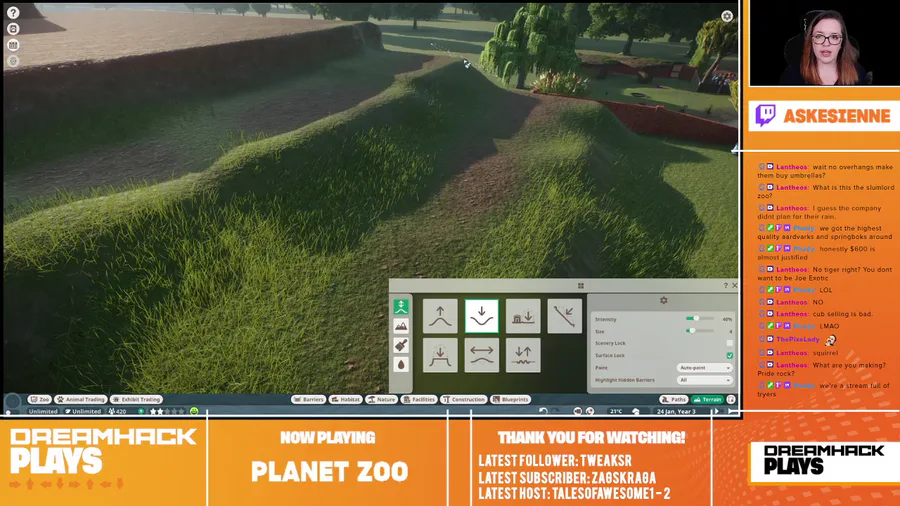


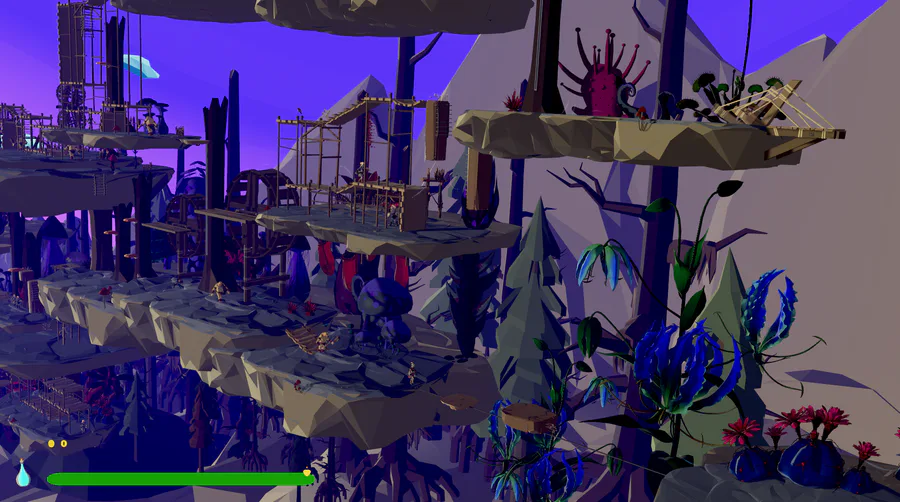
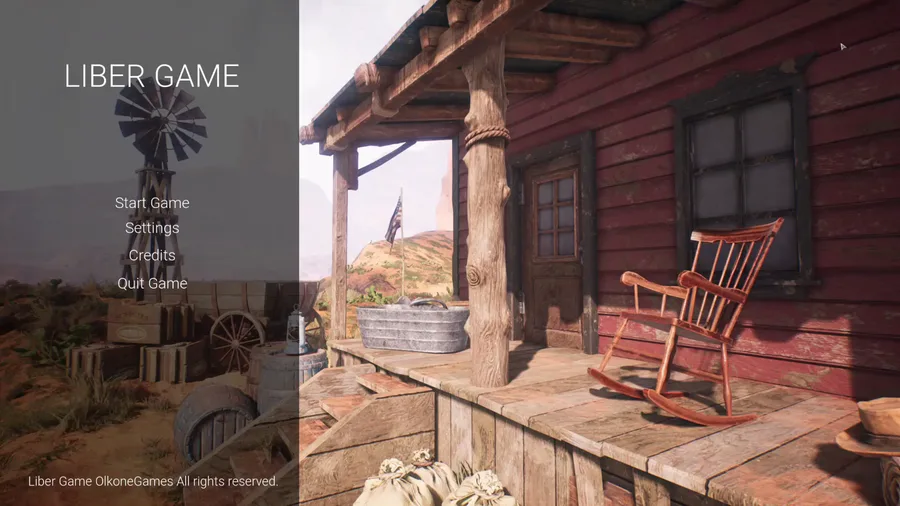
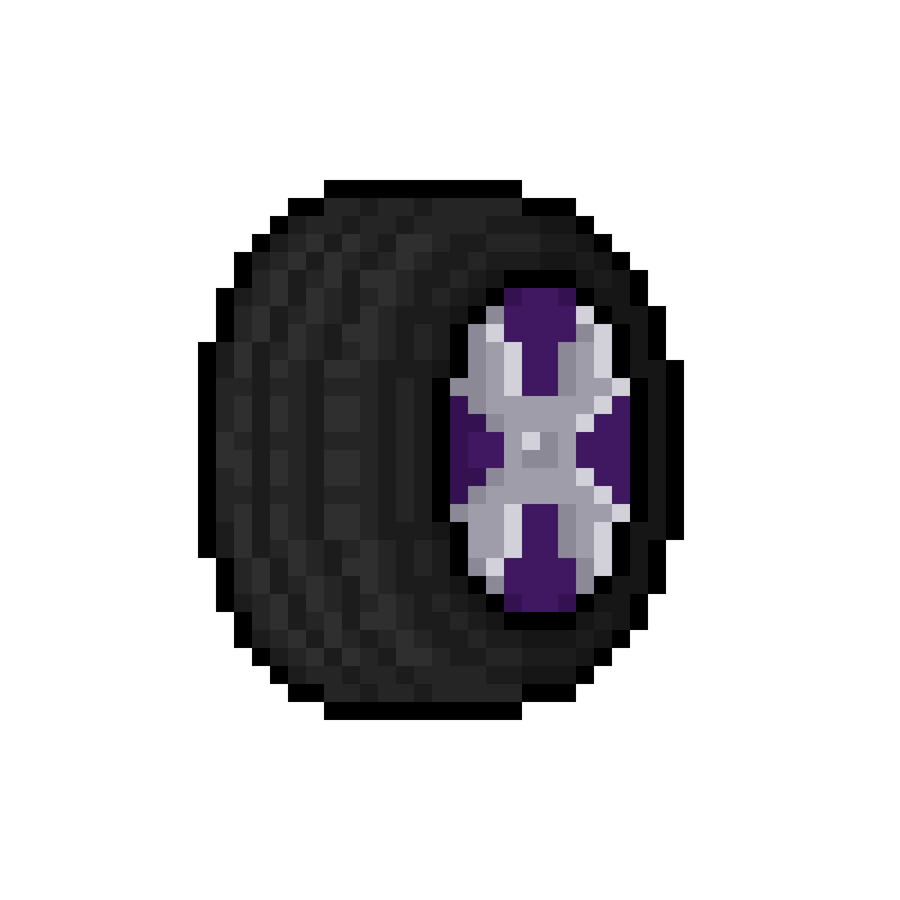


0 comments